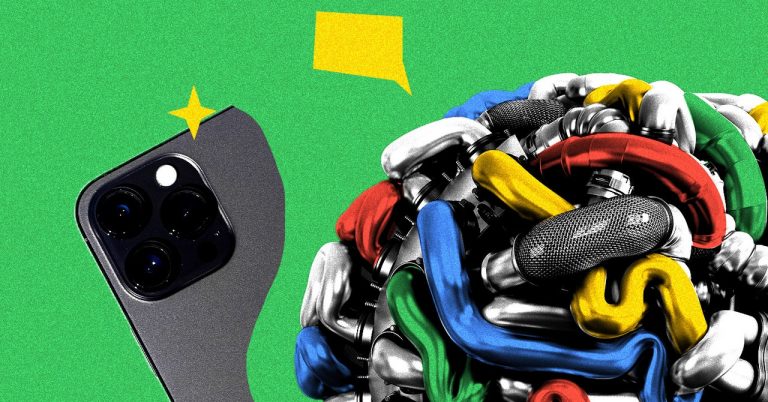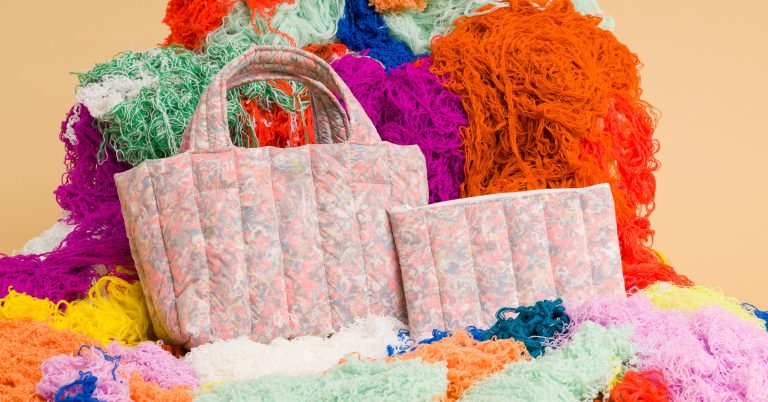Makieda Mckenzie what scrolling through TikTok when it first dawned on her: People in the internet age are like sharks. Not in the colloquial sense where we might label an especially cunning colleague in the corporate world a shark, but much more literally. Our attentions are captured through bright colors, iridescence, and thrashing. And everyone feels like they must keep swimming.
What inspired this thought for Mckenzie wasn’t a TikTok video about sharks, or even a reel dissecting attention spans. Instead, it was a three-minute clip of Greta Gerwig’s Little Women presented side-by-side with a screen recording of a content creator rolling various glass bottles down a flight of stairs to see which would shatter most quickly.
“When I was watching it I could literally feel the dopamine rush,” Mckenzie says. “I was like, ‘Oh, wow, bright colors and flashing lights!’ The light reflecting off the bottles as they broke got me hooked.”
As a college student, Mckenzie is a self-declared “expert in multitasking,” alternating between various YouTube videos in the library while cranking out calculus problem sets. She likes multiple forms of stimulation. These so-called dual videos offer “something for my brain to, like, put in the back while I’m taking in other information.”
Dual videos, which have been increasing in popularity on TikTok this summer, generally feature a clip from a movie or show next to a repetitive act like rolling bottles or a task like baking or compressing metal. Mckenzie is very much not alone in her fascination with them. Aidan LeBlanc, another college student, finds that dual stimulation is his perfect pace. “Usually the colors or flashiness of these videos is what initially ropes me in,” he says. “It’s like a supplement for my brain to stay stimulated while I watch an influencer’s apology video or a clip from a docuseries or whatever.”
According to Gloria Mark, author of Attention Span: A Groundbreaking Way to Restore Balance, Happiness and Productivity, LeBlanc and Mckenzie’s media consumption habits mirror those of other young people who grew up with the internet. “It’s a cultural indoctrination, to grow used to and even prefer these kinds of highly stimulating fast scene shifts, and as a result, it’s growing even harder for young people to pay attention to something that’s more slow-moving, or even with longer amounts of text,” Mark says. “There are so many forces banding together that are just reinforcing people, especially young people, to have short attention spans.”
Even though the dual video trend took off on TikTok, its origins come from a far more traditional source—Hollywood.
“For blockbuster films now, there’s something new on the screen like every two seconds,” Mark says. “And people are getting used to this, right? It’s hard for people to pay attention to one long shot where the visual information doesn’t change. It’s boring.”
The popularity of the videos is just TikTok doing what it does best: using its algorithm to cycle users through more clips like the one they just watched. Even if some dual videos get taken down for copyright violations for the films or shows they feature, others that pair a secondary stimulus with standard run-of-the-mill TikTok content are still there to garner more than 17 million views a pop










+ There are no comments
Add yours